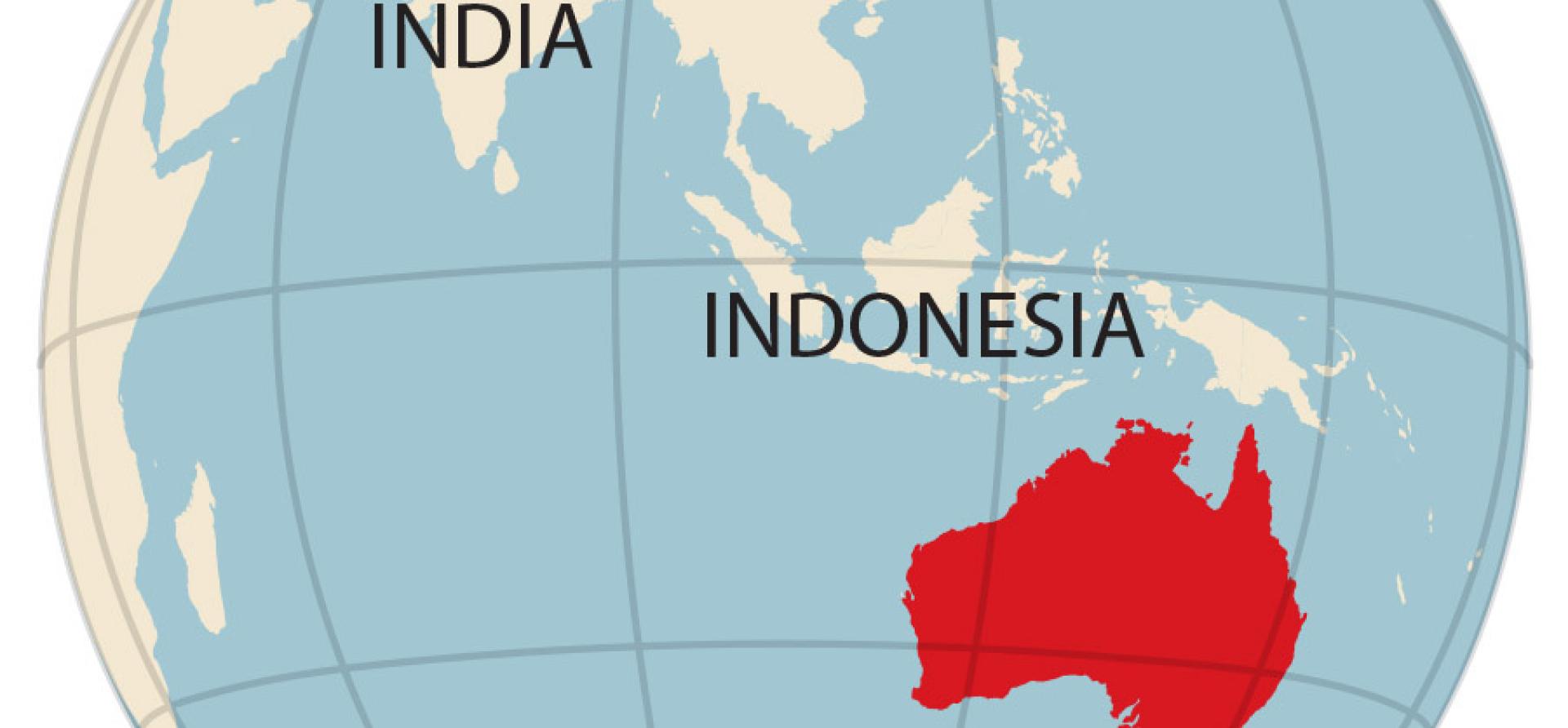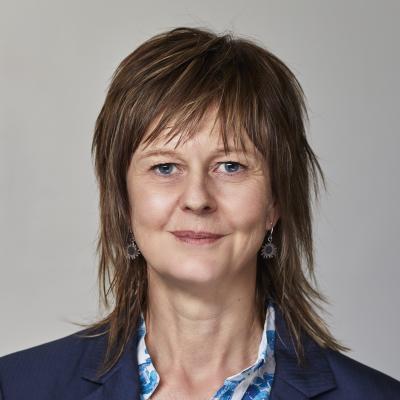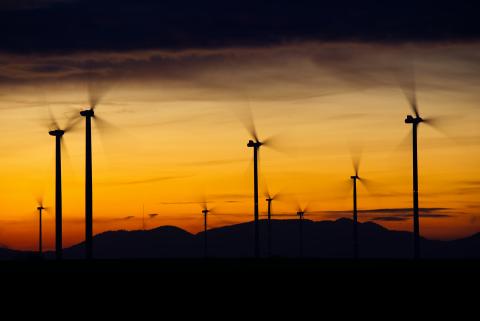IEEFA Update: A national EV policy and other steps towards electrifying Australia

Amid global coal and gas price volatility, electrifying Australia via rooftop solar is the clear winner in the race to lowest cost energy.
Critics who claimed economies of scale were lacking when Australia started subsidising household rooftop solar, maintaining the focus should be on large-scale solar, overlooked the economics of co-location generation and load.
Put solar on a roof, take network charges out of the equation and household bills are halved. Save even more money by deploying other distributed energy resources (DER) such as battery storage and smart appliances and software for energy demand flexibility.
Household batteries are becoming common with rooftop solar and, in a couple of years, batteries-on-wheels (ie, electric vehicles) will be economic. Then rooftop solar and EVs shape up as the ideal combined energy and business model.
Rooftop solar and EVs – batteries on wheels – shape up as the ideal combined energy and business model
Flexible distributed energy demand, adjusting energy use to meet supply, lowers the costs for everyone connected to the grid.
Growing rooftop solar installations increase the urgency of making the most of flexible demand behind-the-meter.
Successful business models depend on policy settings. Australia has a world class solar PV industry with low costs for installation due to early government support for rooftop solar. What it doesn’t have yet are many business models for aggregated flexible energy demand.
The Energy Security Board, existing energy market institutions, many large companies and government departments are focusing primarily on large-scale distribution and transmission and underestimating the potential of DER for residential and small commercial and industrial (C&I) supply.
This is despite electricity market records set by rooftop solar, such as when it met 96% of total demand in South Australia at 12.35pm on November 21.
By 2050, Transgrid, the operator of the transmission network in NSW and the ACT, forecasts rooftop solar to grow three- to nine-fold – up to 82 gigawatts (GW) – and at that time, 80% of storage will be DER, through batteries in virtual power plants (VPPs) and EVs exporting to the grid.
We do not yet have the necessary focus on DER to optimise its use by 2025. Without increasing focus on and resources for DER, the danger is in overspending on transmission in particular. The current estimated cost of transmission in the Australian Energy Market Operator’s Integrated System Plan is $12b.
Governance of DER technical standards
Technical standards are foundational. Unless Australia requires, for example, managed charging for EVs and then, when it becomes viable, vehicle-to-grid capability for fleet charging, the batteries-on-wheels won’t be part of the “camel hump” needed to fill the duck curve.
When I was working with the Energy Security Board, stakeholders’ no.1 issue was the governance of DER technical standards, at that stage absent from the national electricity market (NEM) rules. Without good governance, there will be fragmented and more costly ad hoc approaches to DER capabilities.
Adding inverter standard AS4777.2 to the rules is only an initial step and the AEMC has now begun consultation on governance of its DER technical standards. Here’s hoping new governance arrangements are put in place as soon as practicable.
Managing grid transition
As the belly of the duck curve descends and prices go negative more frequently, some blame rooftop solar for being so successful, rather than contemplating the opportunity of large amounts of near-free solar energy. How do we create a camel hump of flexible demand to deal with the duck?
Among the many ways are load shifting small loads like household hot water (hundreds of megawatts in aggregate), or encouraging large industrial and commercial loads to move, or hastening new sources such as EVs or industrial facilities, among them hydrogen and green steel production.
This fundamental revolution takes us from large fossil-fuelled turbines to inverter-connected digital devices
Inadequate preparation for the rooftop solar revolution means there will be teething problems as this fundamental revolution takes us from large fossil-fuelled turbines to inverter-connected digital devices.
CEO Daniel Westerman has provided strong commitment that by 2025, AEMO will be able to manage 100% instantaneous renewable penetration across the national electricity market. The energy system is moving far faster than anticipated. The market and governments must accept this and pick up the pace on demand flexibility.
Australia can learn from other jurisdictions that, by policy and regulation, optimise DER.
In California, household demand response is a significant part of the wholesale market, helping to manage peak demand events – for example, assisting extensively in the disastrous heatwaves and fires in 2020.
In India, the government is rolling out a pilot of 69,000 EV charging stations and is looking at manufacturing two-, three- and four-wheeled EVs.
In Australia, with more solar watts per person than anywhere else in the world, there is no national EV policy.
A short wish-list for the DER energy transformation
Strong policy and regulatory focus on DER and future-focused DER technical standards need to be in place, and soon. Dynamic operating envelopes – or flexible export arrangements to the grid – are a must.
For now, most households or businesses can export only a fixed amount. A dynamic operating envelope changes the export and, in future, the import limit of that connection point at one- or five-minute intervals, for 24 hours ahead, and based on the expected capacity of the distribution network. In this way, the needs of the local grid and, in future, the system operator, can be addressed while optimising DER.
Smart, demand-responsive household appliances need to be legislated through the Commonwealth Greenhouse and Energy Minimum Standards – the GEMS Act – as soon as possible.
There must be better building standards, especially for homes – and for climate resilience. And some 5 million households with gas must switch to smart electric hot water and heat pumps.
This is an extract from a presentation by Dr Gabrielle Kuiper at the Renew Economy/Ashurst Electrifying Australia webinar on 24 November 2021.
Related articles:
IEEFA: More clean energy investment will insulate against rising coal oil and gas prices
IEEFA: How fossil fuel subsidies are thwarting Queensland’s renewable energy ambitions
IEEFA: Who will grab regional leadership in the energy transition











